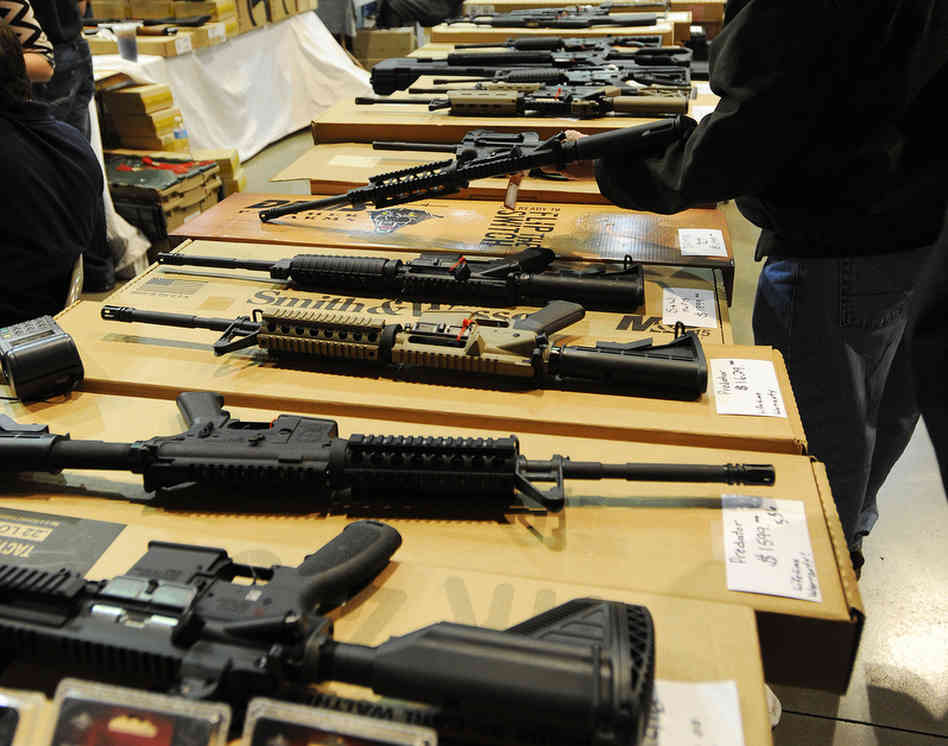A reporter wrote me the other day asking for a quote in the wake of the Roseburg shooting. She wanted to talk about how mental illness is being stigmatized by the NRA.
“Is it a gun problem,” she asked, “Or a mental health problem?”
“It’s not either, or.” I answered. “It’s both.”
In Roseburg, in Springfield, in Denver, in Newtown, in a dozen or so fill-in-the-blank shootings in our country, the male shooter also had a serious mental illness. James Holmes, Adam Lanza, Kip Kinkel, Seung-Hui Cho, Jiverly Wong, Major Nidal Hasan, Jared Laughner-ALL of these shooters had a psychiatric disorder, many of them were under the care of a psychiatrist.
Christopher Harper-Mercer, who killed nine people and wounded nine others at a rural community college in Oregon had been discharged from the Army after attempting to commit suicide, according to the Wall Street Journal and law-enforcement officials familiar with the case.
Yet, the mental health community argues, “This is not our problem,” and the public is left shaking its head.
Instead, health providers could be saying, “Yes, there is a tiny fraction of seriously disturbed young males who commit mass violence. We’d be happy to take a portion of Homeland Security funding and attempt to help!”
The NRA loves the diversion. It doesn’t actually support more funding for mental health programs and neither do the politicians who point the finger of blame at mental health providers. So, let’s be blunt: These deeply troubled men would have remained unknown to most of us, except that, they got access to a weapon, or two, or fifteen.
Meanwhile, some common sense advice doesn’t get said: If you are aware that your son, brother, or father is one of the fraction of disturbed young men who might be capable of committing an act of mass violence, hide or take away their guns. If you don’t know what a mass killer looks like, here’s a sample of the most relevant risk factors from a 2001 study of 33 mass killers: a. loner status b. substance abuse problem c. preoccupations with weapons d. victim of bullying and e., lastly, a psychiatric history. These risk factors are heightened by violent or aggressive behavior. If you just said, “check, check, check” to that list, and your kid or brother or dad has access to weapons and ammunition, you’ve got a responsibility to get involved NOW.
A reader wrote me recently to say, “My son is just like the other shooters. He’s on meds. He stays in the basement all day, complaining of having no friends. He is obsessed with his guns. He plays violent video games all day long. He’s verbally abusive. I’m scared of him. What do I do?” It’s as if people are waiting for the government to wave a magic wand and help them navigate the most precarious and potentially deadly territory.
First, take the guns out of your household. It’s your home. If a friend or young adult fits this category, talk to them about their reasons for stockpiling weapons. You may be able to detect a plan they are only now sharing with the darknet. You are, sadly, the front line of defense. Call it “a temporary gun restraining program because I love you and you’ve shown intent.” Second, attempt to get some help. Your county mental health services is the best place to begin. And for support for yourself, please learn more about NAMI.
Mental health advocates are accurate. The vast majority of people with a mental health problem will not commit an act of violence, in fact, statistically, they are much more likely to become a victim of violence or hurt themselves than the general population. But, we cannot deny that a tiny fraction of people who also happen to have a mental illness are causing a ton of heartache in our country. Nor, can we deny that if those people hadn’t had access to guns, they would not have been capable of massive slaughters.
Nobody’s coming for your guns, but it’s time to re-evaluate how accessible they are to others.
